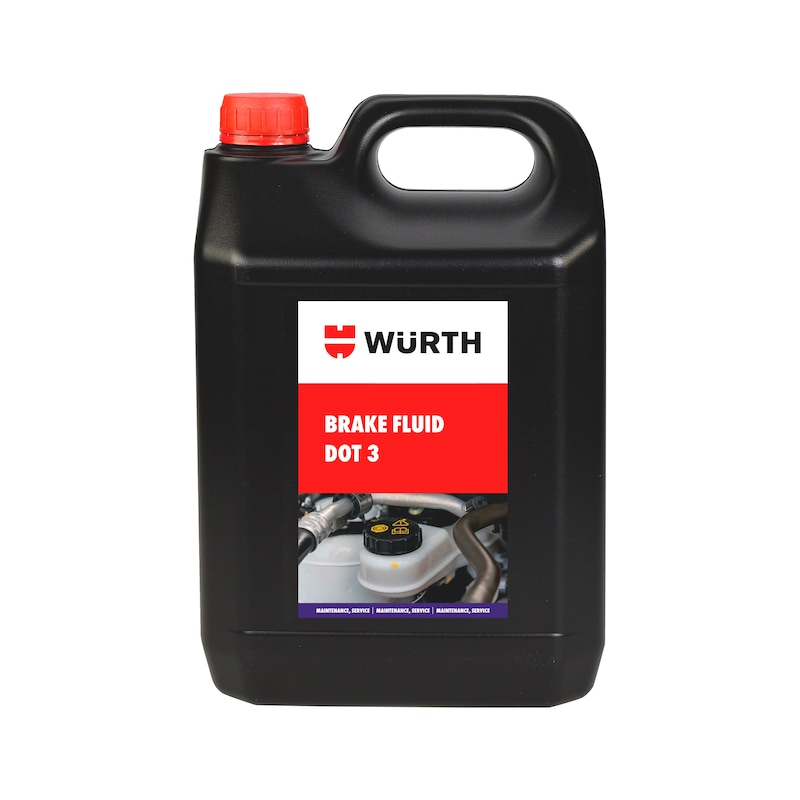
Some fluids have a habit of wearing brake seals. Just like engine oil, it can also degrade over time. Well, partly as we’ve already discussed, brake fluid will take on moisture from the atmosphere. DOT 3 should have a minimum dry boiling temperature of 401 degrees Fahrenheit, DOT 4 should be 446 degrees Fahrenheit. It will always be significantly lower than the dry temperature. A wet temperature assumes a degree of moisture in the fluid. The temp at which a completely unused, sealed (therefore with no moisture) fluid will boil.


The dry boiling temperature will, of course, always be higher. The more water it absorbs, the lower the boiling point, and the less pressure you can put in the system. That means it absorbs water from the environment. Brake fluid, by its very nature, is ‘hygroscopic’. We should also understand that many fluids have a ‘dry’ boiling temperature and a ‘wet’ boiling temperature. You won’t be able to put pressure on the pads or shoes, therefore leading to inefficient braking. This, of course, doesn’t have the same pressure behind it. If the fluid starts boiling, then you risk inducing a vapor into the system. The temperature at which it boils is crucial to safety. The lower the temperature the less useful it is for heavier or faster applications. The only difference being at what temperature it boils.

Essentially, a normal or fast road car will use brake fluid that conforms to a DOT 3 or DOT 4 standard.


 0 kommentar(er)
0 kommentar(er)
